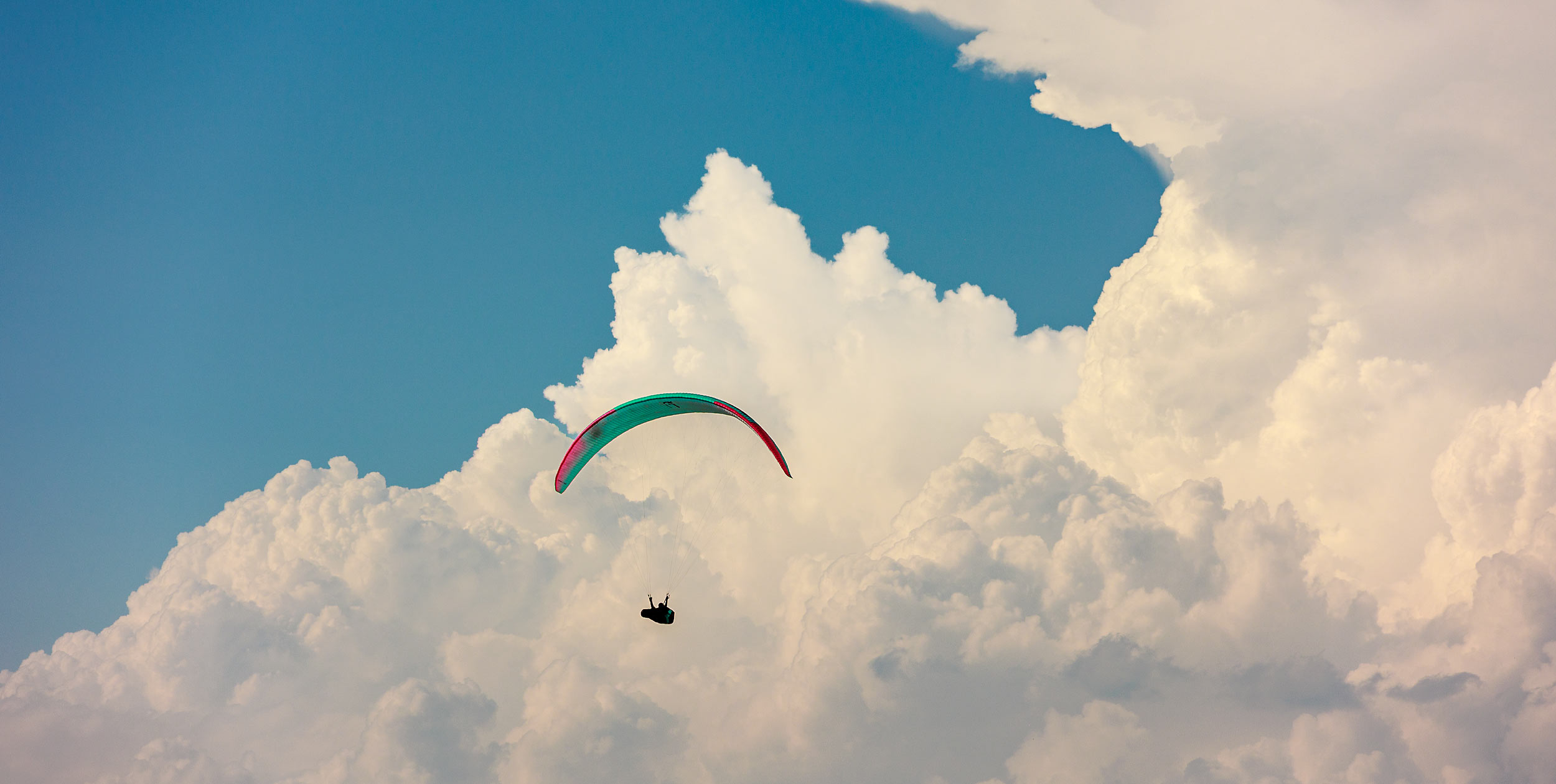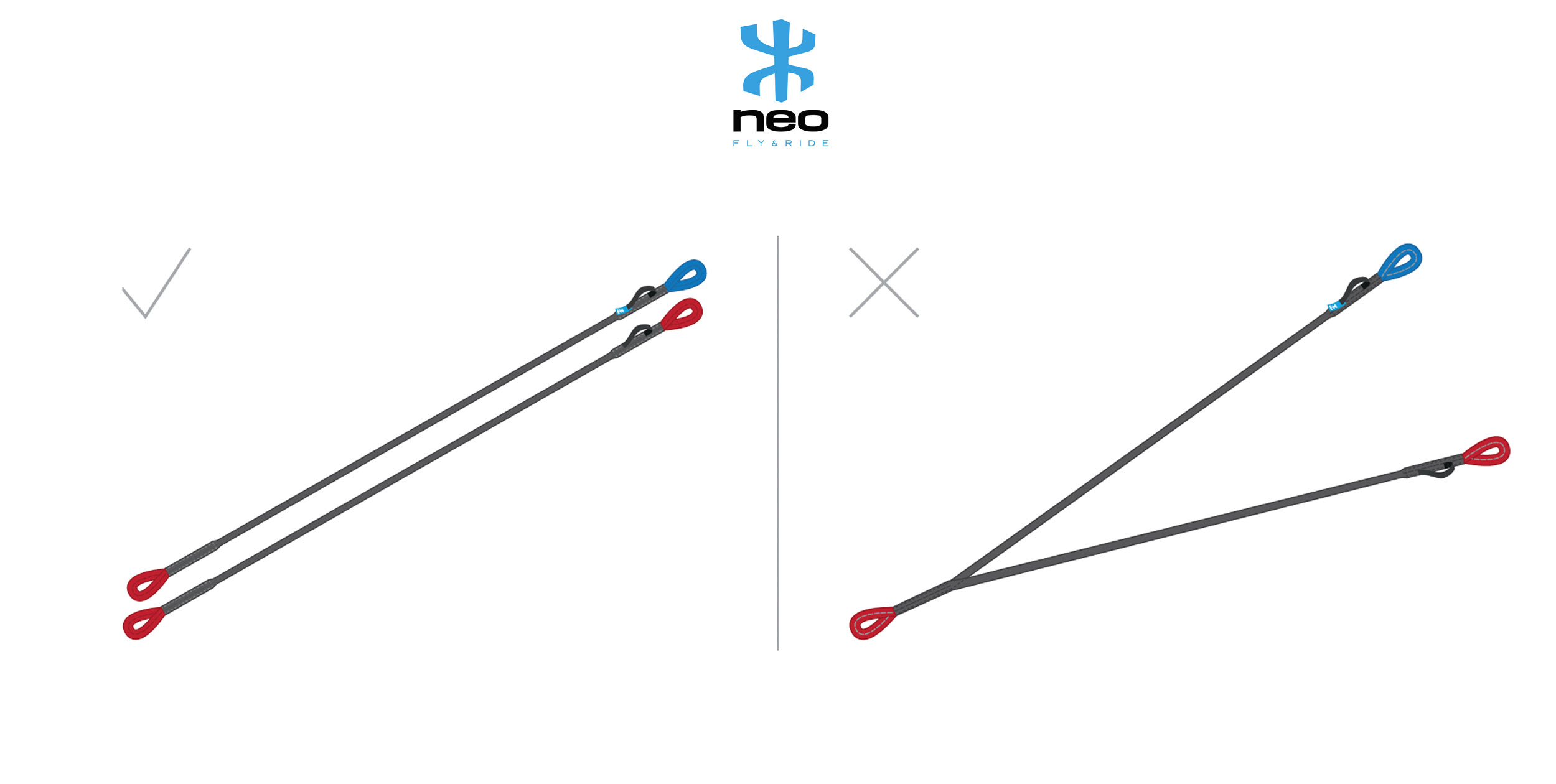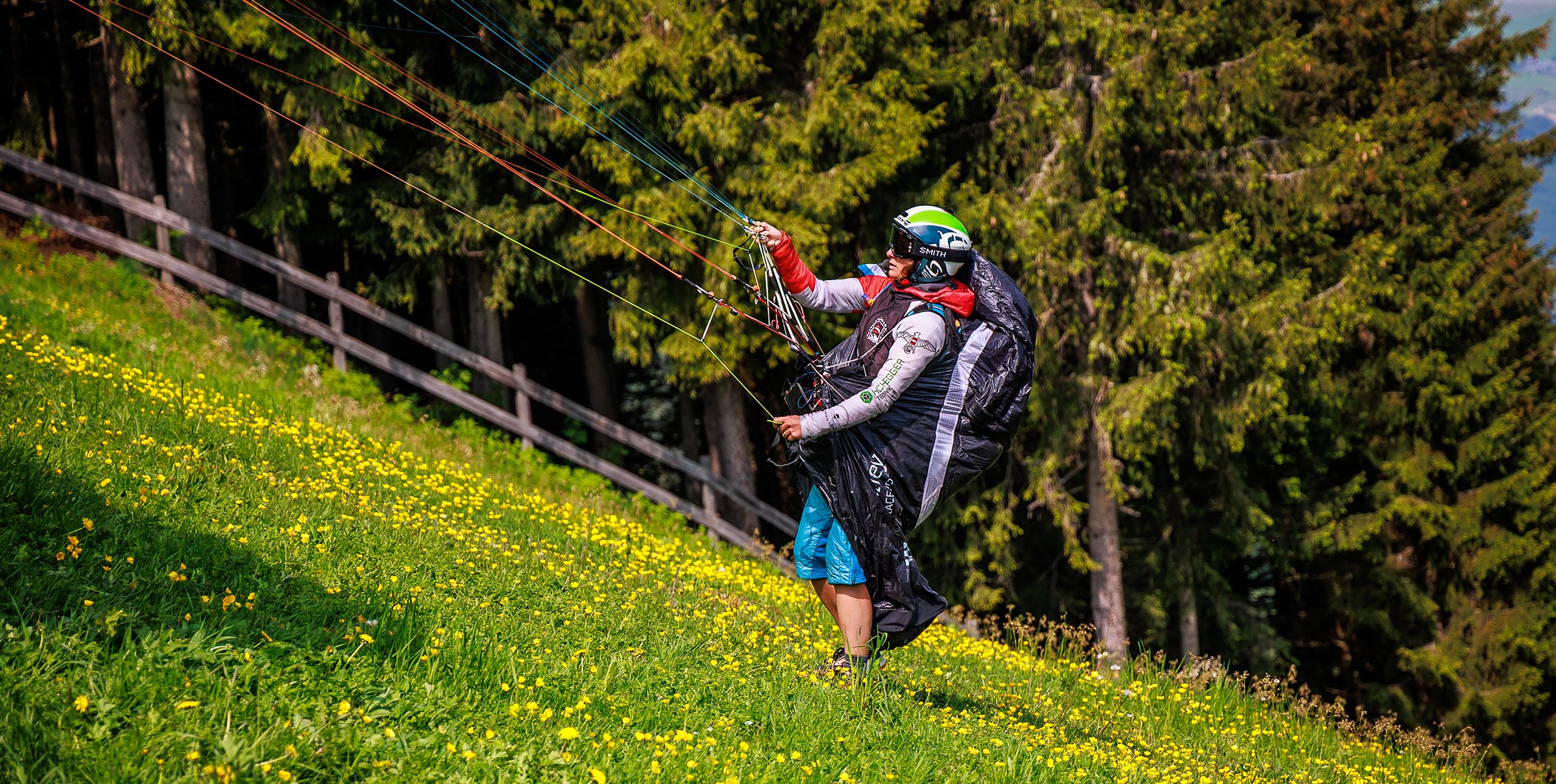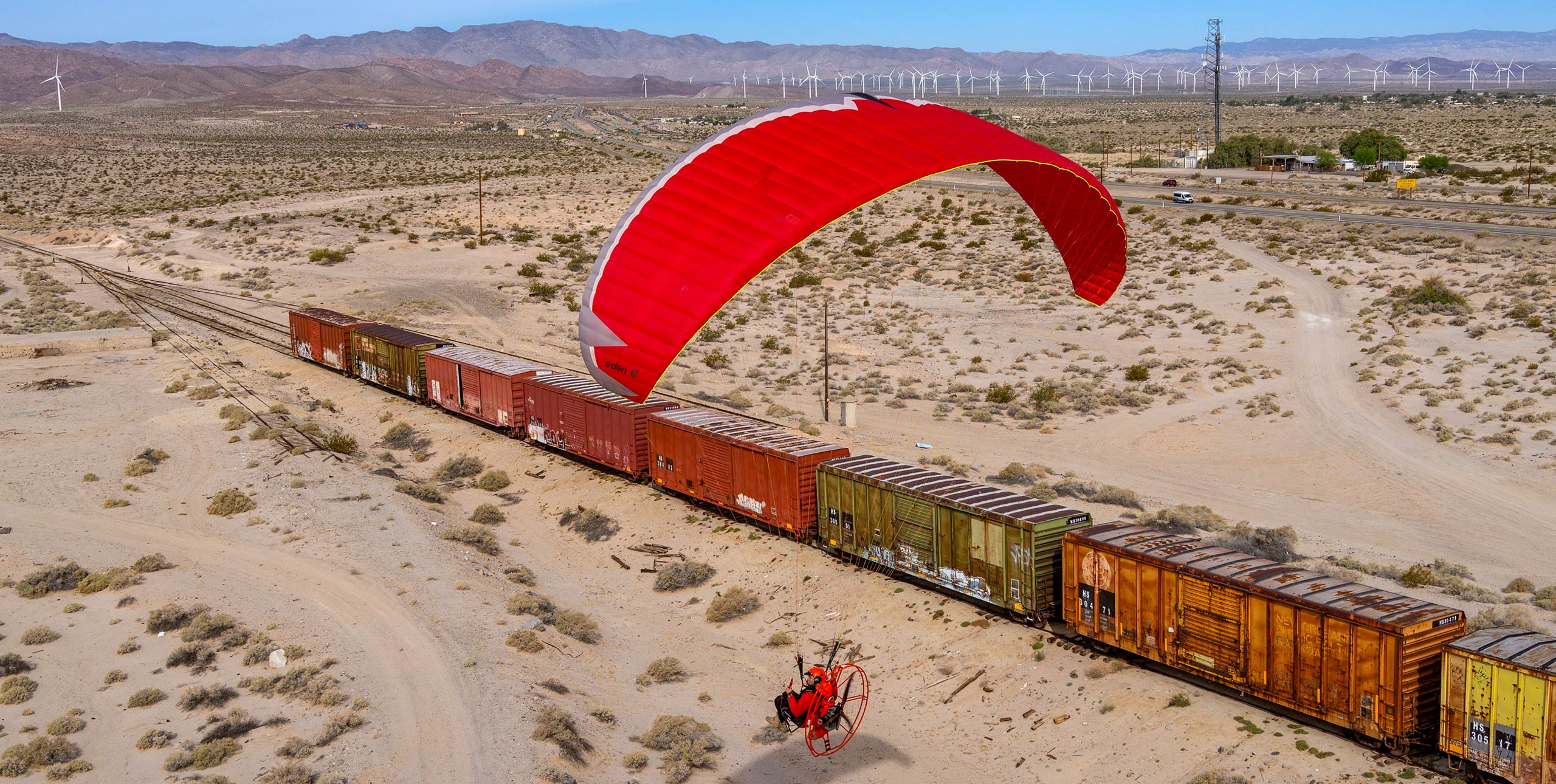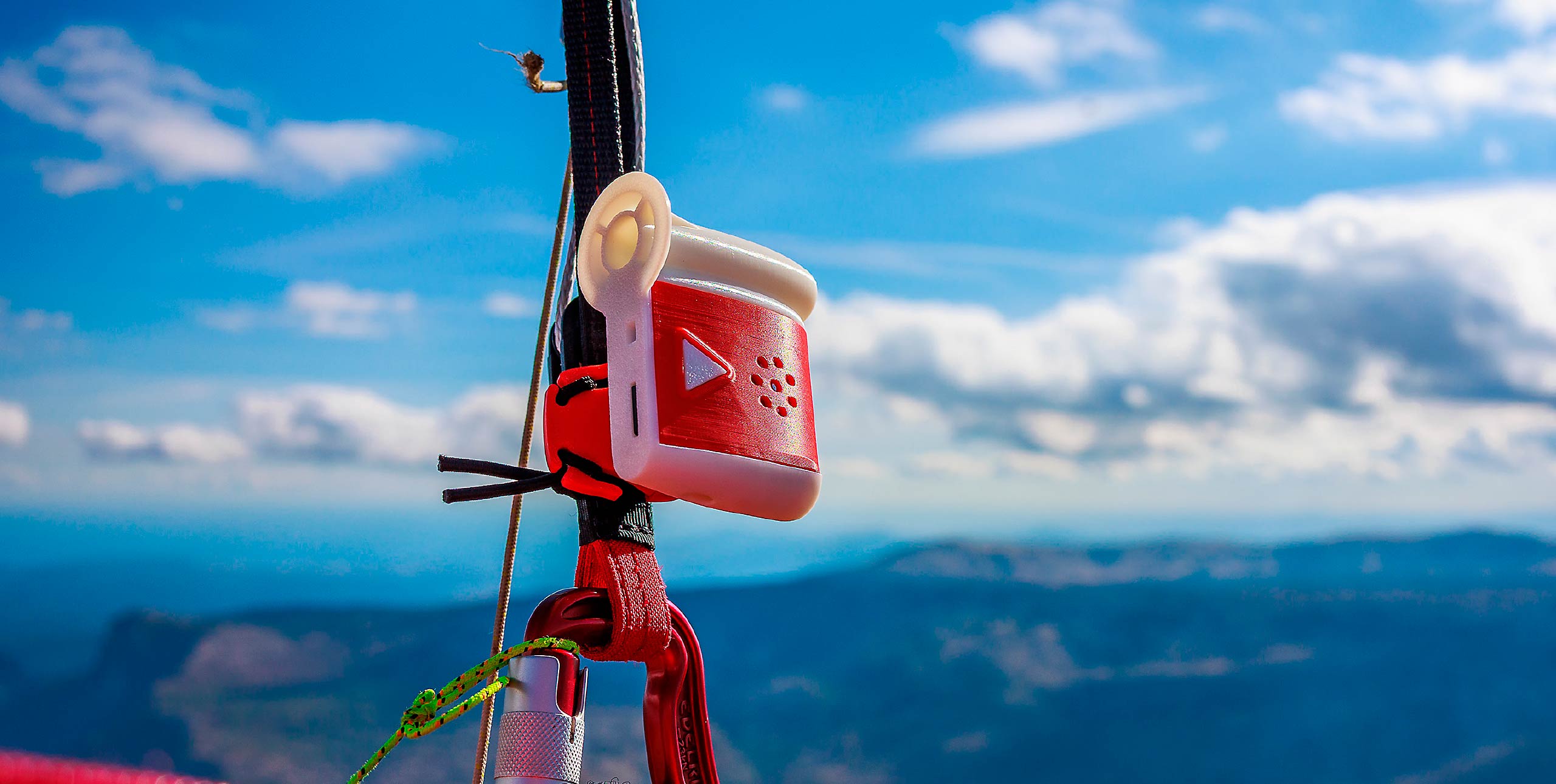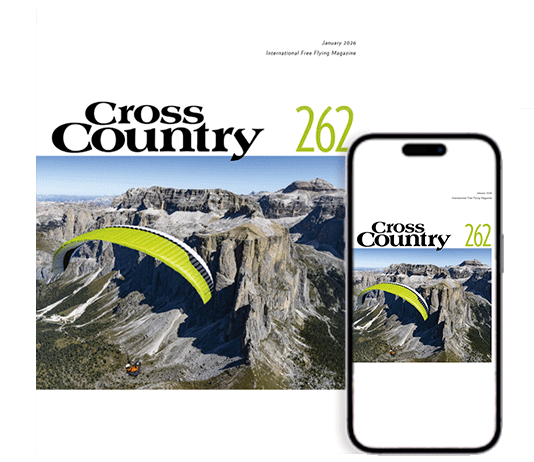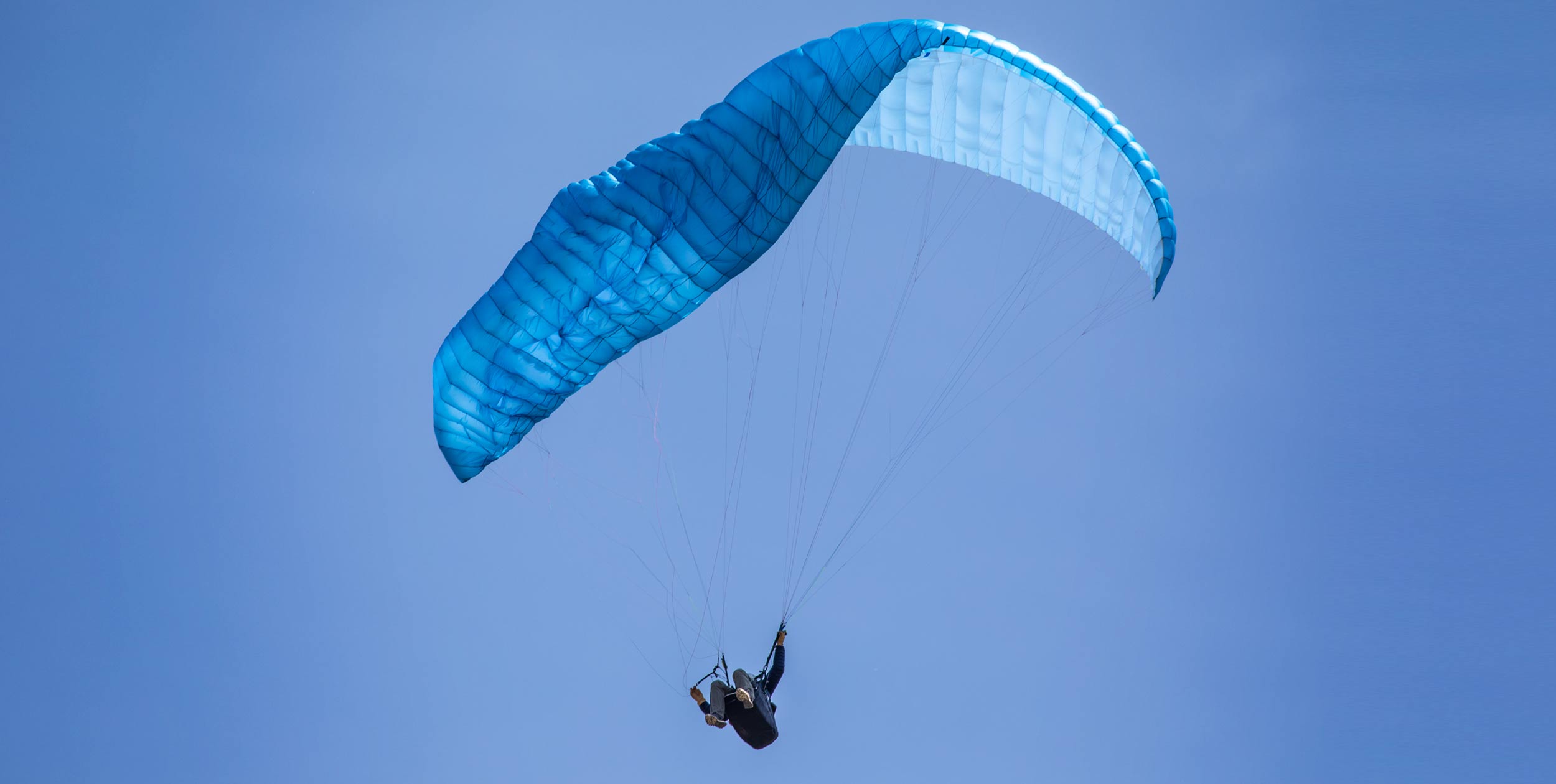
Bruce Goldsmith has been flying since the 1980s and writing about hang gliding and paragliding for more than 30 years. A former Paragliding World Champion, he’s been a contributor to Cross Country Magazine almost since the start, and his book Fifty Ways to Fly Better has been read by thousands of pilots worldwide. He wrote this article more than a decade ago, but in the light of witnessing an incident at his local flying site earlier this month, he was reminded of what he had written before, and updated it to publish again. The advice in it stands as well today as it did when he first wrote it.
Recently a pilot from my flying club died in a paragliding accident. The pilot was a low airtime pilot flying a low EN-B wing. Eyewitnesses reported that the pilot got a collapse at 100m AGL and he did three sequences: something like spin-stall-dive-recollapse, before hitting the rocky ground with fatal results. The eyewitnesses said that the pilot did little to stop the cascade and did not try to throw his reserve.
Such an accident makes us all think carefully about our own flying, as well as to try to understand what went wrong for this pilot. Because despite flying a low-B glider, he suffered a big collapse followed by a cascade. I have seen several such accidents myself, and I have also tried to mimic the problems of the low airtime pilot when test flying. I have tried to make the wrong movements out of time so as to cause the glider to continue in its cascade of manoeuvres but despite trying this I have never really achieved the same kind of sequence of events that I have seen for myself firsthand from some unfortunate inexperienced pilots.
I think the answer probably lies in the automatic reactions or instincts of the pilot. Basically the pilot still has his normal earth-bound reactions, that he would use when he is on the ground. He has not had enough time in the air and the right experience to be able to change his reactions to the correct flying reactions, and to make these reactions automatic.
He does not do nothing either. It is almost impossible to see the reactions of a pilot during a cascade, and the only way to be able to do this is by studying a video taken with a zoom in slow motion. Eyewitnesses cannot possibly see the reactions of a pilot to say if he does the right thing, the wrong or nothing at all
Your natural reactions
If you are standing and are pushed to the side, it is instinctive to put your hand down to steady yourself. If you fall to the right you put your right hand down. If you do the same thing when flying you are not making the correct movements.
The problem is that the brakes stay in your hands, and each time you put your hand down you induce a stall or spin on that side of the glider. Not only that, but you are transferring your weight to the collapsed side of the wing.
The pilot is not consciously putting his hand down, so he is not aware of what he is doing. I believe that this instinctive reaction to steady yourself with your hands when being thrown around under a paraglider is what leads to most cascades, and could well have been the problem with our club pilot who sadly died recently.
Glider ratings
You may say that if a pilot is flying a low-B glider he should not need to have to have the right reactions, that the glider will take care of him. But the problems that caused this accident are probably caused by the pilot actively doing the wrong actions, not just by a lack of the correct actions.
Lets look at what the certifications system says about who should be flying which level of glider:
EN A: Paragliders with simple and very forgiving flying characteristics.
EN B: Paragliders with good-natured flying characteristics.
EN C: Paragliders with demanding flying characteristics and potentially dynamic reactions to turbulence and pilot errors. Recommended for regularly flying pilots.
EN D: Paragliders with very demanding flying characteristics and potentially very violent reactions to turbulence and pilot errors, little scope for pilot errors. For expert pilots.
You can see that certification does not really discuss if the pilot is reacting in the correct way or doing nothing at all, or doing the wrong things. From my own experience of testing all levels of gliders I have therefore re written the classifications in the light of my ‘Killer Instinct’ theory.
EN A: Paragliders which may recover if the pilot takes the wrong action, and will usually recover if the pilot does nothing.
EN B: Paragliders which will normally recover if the pilot does nothing, but may not recover if the wrong actions are taken.
EN C: Paragliders which may recover if the pilot does nothing but normally require the correct pilot actions to recover.
EN D: Paragliders which require the correct pilot actions to recover.
It is interesting to note that most of the certification tests are based on the pilot not reacting in any way – test pilots simply do nothing. Perhaps it would be useful to have some more tests to measure what happens when the pilot makes the incorrect manoeuvre. However, it can be very difficult to define exactly how the pilot should act incorrectly and so such tests would probably prove to be too subjective.
It is interesting to note that if you take the correct action, then all grades of glider should return to normal flight in calm air, even the highest rated gliders.
On launch
It is possible to see the switchover of reactions from ground-based reactions to flying reactions each time you launch. When on the ground the pilot needs to use his ground-based reactions to run and balance. During the launch the pilot needs to change to his air-based reactions.
Often, the problems that you see people having on launch are because people try to hang onto their ground-based reactions for too long, and do not fly their wing early enough. The same thing even happens on hang gliders.
As mentioned above, it is important to remember that glider certification tests are done with no pilot input after the test manoeuvre. Generally speaking, it is best to allow the wing to fly with your hands up rather than over-react, which helps nothing.
From experience we have seen many pilots release the brakes in order to pull their reserve parachute. Just before the reserve opens, the glider recovers normal straight flight on its own.
The “hands-up!” advice should also be considered with caution though, because each situation is unique and involves many factors. The only sure way to escape accidents is through good flying.
It is old advice but solid advice to fly a glider that matches your skill level. You see so many pilots on launch who cannot manage their wing on take-off. They get in the air more by accident than skill. Nothing replaces groundhandling practice to understand a glider and pendulum effects. With a glider that matches your skill level, groundhandling is a great pleasure.
As the season starts to open up, and especially after our winter layoff, and in many cases a longer layoff caused by the pandemic, we can all expect to be a little rusty when we get back in the air. It’s especially important for our first few flights of the year to make sure we are flying a glider that matches our level, that we don’t over-reach ourselves, and that we go over in our heads – visualise – how we might react in the case of an incident. Over-reaction is still a common cause of incidents and accidents, and it doesn’t need to be. It is important to train ourselves to be able to use our air-based reactions when we need them.


